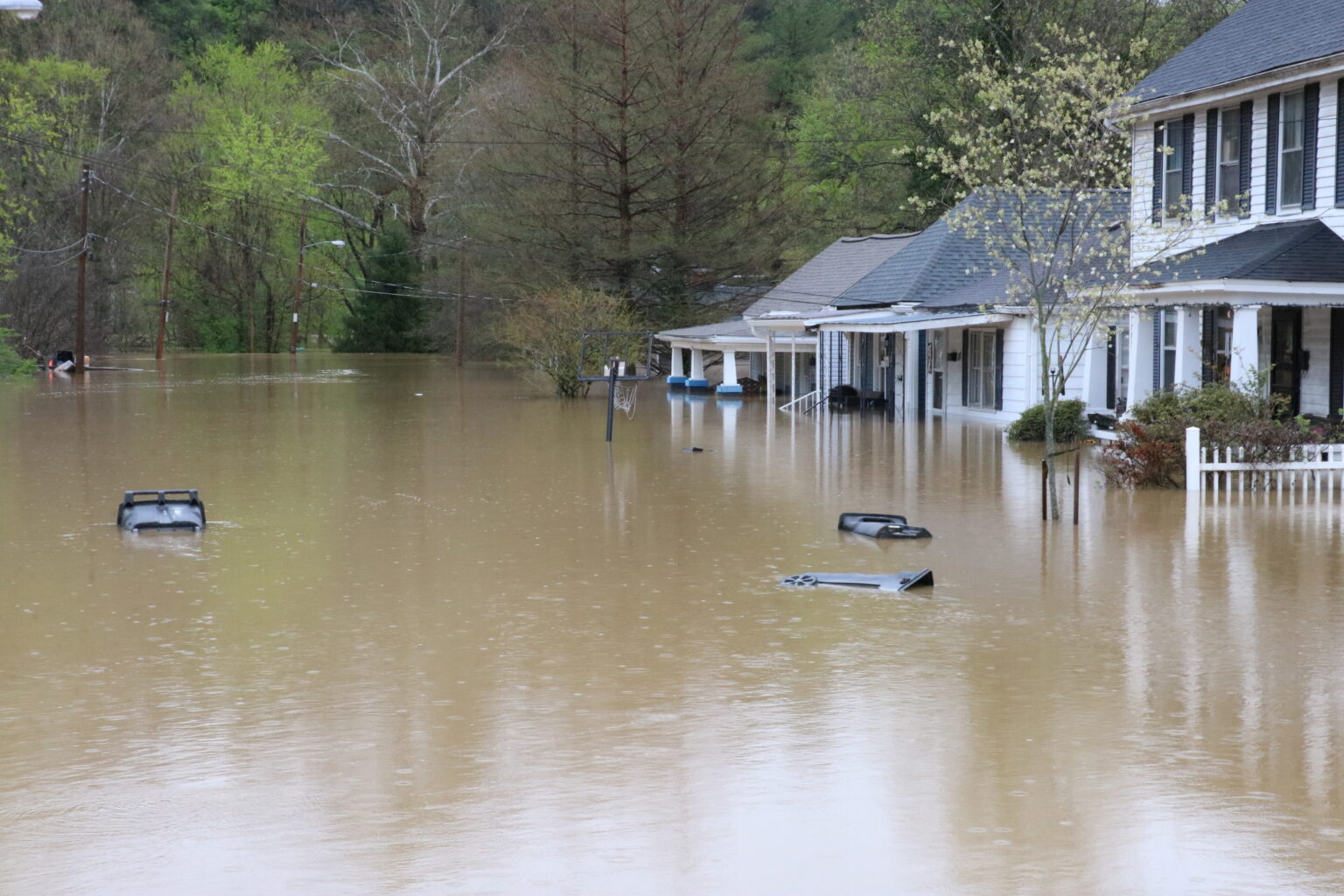
In April 2025, the Commonwealth of Kentucky endured one of the most severe and destructive flooding events in its modern history. Triggered by a series of slow-moving storm systems, the unprecedented rainfall overwhelmed rivers, creeks, and reservoirs across the state, forcing thousands from their homes and causing widespread devastation to infrastructure, agriculture, and local economies. The flooding has not only tested Kentucky’s emergency response systems but also sparked renewed discussions on climate resilience, land use planning, and disaster preparedness.
—
Record-Breaking Rainfall and River Crests
Over the span of a week, from April 2 to April 7, central and eastern Kentucky saw rainfall totals of over 15 inches in some areas—more than three times the average for the entire month. The deluge was part of a broader system that spawned tornadoes and flash flooding across the southeastern United States.
The Kentucky River in Frankfort reached a staggering 48.27 feet, nearly overtaking the all-time record of 48.47 feet set in 1937. Other rivers, such as the Licking, Green, and Cumberland, also crested at historic highs, inundating towns like Hazard, Jackson, and Somerset.
Communities that lie in natural floodplains bore the brunt of the damage. In the Appalachian foothills, where narrow valleys and steep slopes funnel water quickly, the floodwaters rose with little warning, destroying roads, bridges, homes, and businesses in minutes.
—
Human and Economic Toll
As of the latest reports, at least 18 fatalities have been confirmed due to flood-related incidents, including drownings and accidents caused by submerged or collapsed roadways. Emergency management officials estimate that more than 12,000 homes were damaged or destroyed, displacing tens of thousands of residents.
The economic toll is still being calculated, but preliminary damage assessments suggest the flooding could cost upwards of $2 billion in recovery and rebuilding. Crops, livestock, and rural infrastructure were particularly hard-hit in farming communities.
—
State and Federal Response
Kentucky Governor Andy Beshear declared a state of emergency early in the crisis, mobilizing the National Guard and deploying state emergency response teams. President Donald Trump approved a major disaster declaration for 13 counties, unlocking federal aid through the Federal Emergency Management Agency (FEMA).
FEMA deployed disaster assistance teams to shelters and community centers to help affected residents apply for assistance, including temporary housing, food, and medical services. Nonprofit groups such as the Red Cross, Team Rubicon, and local churches have also played key roles in relief efforts.
—
Infrastructure and Environmental Concerns
The floods exposed serious vulnerabilities in Kentucky’s infrastructure. Many rural bridges and culverts were unable to withstand the force of floodwaters, cutting off access to entire communities. Aging stormwater systems in urban areas like Louisville and Lexington proved inadequate, compounding damage from flash flooding.
Environmental experts have raised concerns about the long-term impact on ecosystems and water quality. Runoff from flooded industrial sites, sewage systems, and farmland may have contaminated rivers and groundwater supplies, posing health risks for months to come.
—
Climate Change and Future Preparedness
Meteorologists and climate scientists point to warming global temperatures and changing precipitation patterns as factors contributing to the severity of the flooding. Warmer air holds more moisture, leading to heavier and more prolonged rainfall events—an increasingly common trend across the Ohio Valley region.
The flooding has intensified calls for improved floodplain management, updated building codes, and enhanced investment in climate-resilient infrastructure. Proposals include expanding green spaces to absorb runoff, modernizing levees and dams, and enhancing early warning systems.
—
Personal Stories and Community Resilience
Amid the devastation, stories of heroism and resilience have emerged. First responders and everyday citizens braved dangerous conditions to rescue neighbors, deliver supplies, and provide shelter. In the town of Jackson, a local high school gym was converted into a relief center within hours, hosting over 300 displaced residents.
Local leaders stress that rebuilding must be accompanied by long-term planning. “We can’t just patch up what was broken and wait for the next storm,” said Mayor Linda Gaines of Hazard. “We have to build back smarter, stronger, and safer.”
—
Conclusion
The April 2025 floods will be remembered as one of the most harrowing natural disasters in Kentucky’s history. As the waters recede and the state begins the long path to recovery, the lessons learned from this catastrophe could shape the region’s approach to climate resilience and emergency preparedness for decades to come.




